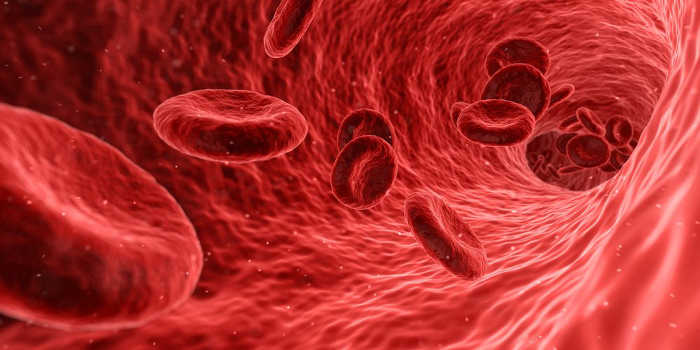FWP:
SETS == GROTESQUERIE
For background see S. R. Faruqi's choices. For more on Ghalib's unpublished verses, see the discussion in {4,8x}.
This is a verse in which the dead lover (or at least the 'wave' of his blood) continues to 'speak', or at least to think and communicate; for more such examples, see {57,1}. And the use of 'flowingnesses' makes it one of Ghalib's verses in which abstractions are unexpectedly pluralized; for others, see {1,2}.
The imagery of flowing and moving is conspicuous: 'flowingnesses', 'wave', 'drips', 'going', 'came' [aayaa]. But the linchpin of the verse is surely 'drips'. As Gyan Chand observes, 'drips' seems here to describe a revealing of information to the observer. In fact the grammar of the verse is so tightly structured that there's no other way to put it together. For more examples of such 'dripping', see {17,2}. (In English too, we can say that information 'leaks', or that there is a steady 'drip' of rumor.)
The murdered lover's blood moves in a wave, with such 'flowingness' that information drips from it. The 'flowingness' itself is also a literary term for one of the virtues of a good ghazal verse. And it echoes or evokes the style in which the beloved murderer ran (or at least moved 'headlong') away after her bloody deed. Did she run with such 'grace', and was there a kind of 'piquancy' or 'gratification' in seeing her run? And does the 'flowingness' of the blood express its admiration by actually seeking to follow the fleeing beloved, or does it just quietly ripple to itself in appreciation?
Zamin prefers to imagine the murderer as fleeing in headlong, unceremonious panic, and the murdered one's blood as enjoying this discomfiture. The possibilities of lu:tf and be-tahaashaa can be made to go either way (see the definitions above).
Though I can see the skill of its wordplay, this verse is
right on the edge (or perhaps over the edge) of what I call 'grotesquerie'.
Do we really have to imagine, all too graphically, a wave of blood flowing
out so fast and powerfully and expressively from the murdered lover that it's
actually a form of post-death communication? And if we don't imagine it literally,
then what's left of the verse?

Zamin:
The meaning is that since the blood of the murdered one has emerged and flowed away quickly, the reason for this the poet declares to be that when the murderer, intent on the crime, became reckless and and distracted and fled, then the murdered one found pleasure in her/his fleeing like this, for whatever else might be the case, cold water was thrown on the murderer's dignity and self-regard. The excellence of meaning is that an immediate ebullience of joy makes the blood flow quickly. And in this case, the murdered one's blood, which was dripping gradually out, in the rush of joy emerged and flowed out quickly.
== Zamin, p. 28